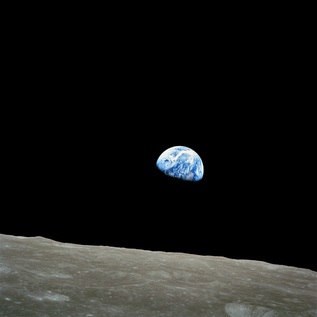Welcome to your Physical Science Class!

The essence of this class is to see the patterns and
relationships in all the things you see and do every day. We will not only be exploring the “how” but
also the “why” behind everything. We
will learn about scientific laws vs. theories, scientific notation, measurements,
Galilean Relativity, Newton's Laws of Motion, Work and Energy, Simple Machines,
and many other topics. By looking at
these ideas here on Earth, we will also see how they would apply everywhere in
the universe.
Table of Contents
Chapter 1 - An Introduction to Science Skills
Appendix 2 - Setup for Formal Lab Reports
- 1.1 - The Scientific Method
- 1.2 - Measurement
- 1.3 - The Metric System
- 1.4 - Unit Analysis
- Chapter 1 Summary
- 2.1 - What causes objects to move?
- 2.2 - What is a Force?
- 2.3 - Equilibrium
- Chapter 2 Summary
- 3.1 - How fast are you moving right now?
- 3.2 - Speed
- 3.3 - Graphing
- 3.4 - Speed vs. Velocity
- 3.5 - Acceleration
- 3.6 - Combining speed and velocity equations
- Chapter 3 Summary
- 4.1 - Newton's 2nd Law
- 4.2 - Mass vs. Weight
- 4.3 - Free Body Diagrams
- 4.4 - Terminal Velocity
- 4.5 - Pressure
- 4.6 - Newton's 3rd Law
- Chapter 4 Summary
- 5.1 - Energy
- 5.2 - Gravitational Potential Energy
- 5.3 - Kinetic Energy
- 5.4 - Energy Conversion and Work
- 5.5 - Riding your bike uphill
- 5.6 - Power
- Chapter 5 Summary
- 6.1 - Principles of Simple Machines
- 6.2 - Inclined Planes
- 6.3 - Levers
- 6.4 - Wheel and Axle
- 6.5 - Pulleys
- Chapter 6 Summary
- 7.1 - History of the Atom
- 7.2 - Protons, Neutrons, and Electrons
- 7.3 - From where did all the elements come?
- 7.4 - Atomic Symbols
- 7.5 - Isotopes
- 7.6 - Ions
- 7.7 - Bohr Model Revisited
- Chapter 7 Summary
- 8.1 - Periodic Table Overview
- 8.2 - Periodic Trends
- Chapter 8 Summary
- 9.1 - Molecules and Molecular Formulae
- 9.2 - Lewis Dot Structures
- 9.3 - Electronegativity
- 9.4 - Diatomic Molecules
- 9.5 - Molecular Shapes
- 9.6 - Polar and Non-polar Molecules
- 9.7 - Properties due to Polarity
- Chapter 9 Summary
Appendix 2 - Setup for Formal Lab Reports
